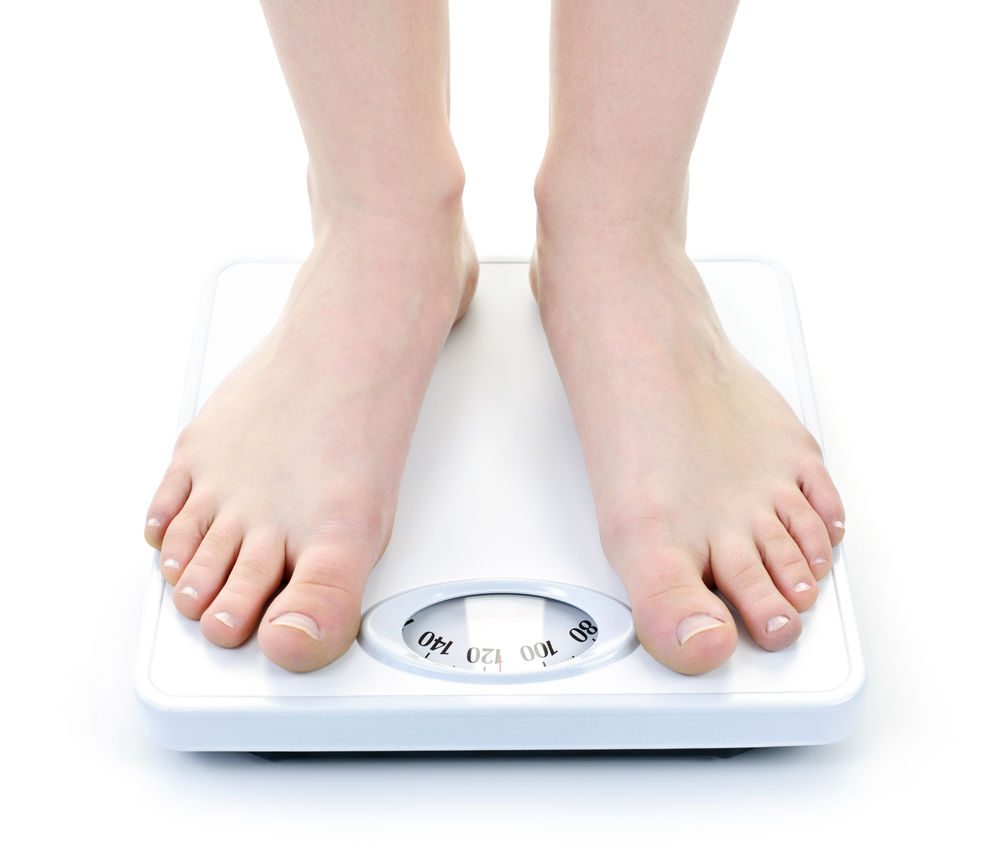

The U.S. Food and Drug Administration recently approved a new device for treatment of obesity, a growing problem in the United States and throughout the world. One in 3 adults in the U.S. are obese with a body mass index (BMI) over 30, while1 in 20 adults are considered to be extremely obese and have a body mass index (BMI) over 40.
BMI is a person’s weight in kilograms divided by the square of height in meters. Click here for a BMI calculator.
AspireAssist
With obesity rates on the rise and efforts to battle the growing epidemic showing modest success at best, there is constant attention on the development of drugs and devices that can aid in managing and more importantly, losing, weight. To this end, the FDA has approved the AspireAssist, a stomach pumping device, for use on patients over age 22 who are obese with a BMI of 35 to 55, and who have failed to lose weight with non-surgical therapies.
The concept of the AspireAssist is that it allows patients to control calorie absorption, rather than calorie intake, in order to lose weight. Studies showed that after one year, AspireAssist patients lost an average of 12.1 percent of their body weight, compared to 3.6 percent lost by the control group.
Use of this device must be closely monitored and patients must be simultaneously in a program designed to help them learn healthier eating habits. In fact, the device includes a safety feature that causes it to stop working after 115 cycles, forcing the patient to visit their attending physician to continue the therapy. This feature ensures that patients are using the device correctly and acts as a failsafe to ensure patients are not overusing it.
Surgeons insert the device into the stomach using an endoscope through a small incision in the stomach. According to Aspire Bariatrics, the procedure takes about 15 minutes and can be done under twilight sedation. A port with a small, disk-shaped valve lies outside the body on the abdomen and is connected to the device with a tube. Between 20 and 30 minutes after eating a meal, the patient attaches the external tubing to the valve and drains the contents of their stomach into the toilet. The process takes 5 to 10 minutes and removes approximately 30 percent of the calories consumed.
Side Effects of AspireAssist
There are several side effects for those using the device, including indigestion, nausea, vomiting, constipation and diarrhea. The surgical placement of the device and tube also create side effects, including sore throat, abdominal bloating, bleeding and infection as well as nausea and sores inside the stomach. There is also ongoing risk of abdominal pain, irritation, inflammation of the skin around the tube, leakage, bleeding and infection around the tube and port. Upon removing the device, there is a risk of a persistent fistula, or passageway between the stomach and abdominal wall, that may not heal correctly.
Support and Opposition
Many who oppose the use of this device view it as “assisted bulimia,” and criticize the approach to calorie control rather than focusing on portion control and healthy eating. Those who support use of the device feel the careful monitoring by physicians and the success rates far outweigh the risks.
Anyone struggling to lose weight should discuss their all of their options with their physician before undertaking any new treatment or therapy.
We want to know: Are you in support or opposition of AspireAssist? Comment below!




